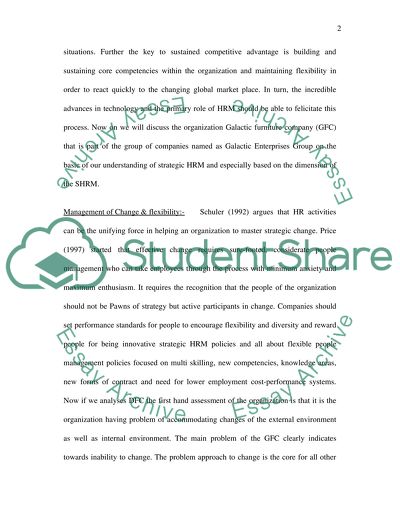Cite this document
(“Strategic Managment of Galactic Furniture Company Term Paper”, n.d.)
Strategic Managment of Galactic Furniture Company Term Paper. Retrieved from https://studentshare.org/human-resources/1499683-strategic-managment-master-essay
Strategic Managment of Galactic Furniture Company Term Paper. Retrieved from https://studentshare.org/human-resources/1499683-strategic-managment-master-essay
(Strategic Managment of Galactic Furniture Company Term Paper)
Strategic Managment of Galactic Furniture Company Term Paper. https://studentshare.org/human-resources/1499683-strategic-managment-master-essay.
Strategic Managment of Galactic Furniture Company Term Paper. https://studentshare.org/human-resources/1499683-strategic-managment-master-essay.
“Strategic Managment of Galactic Furniture Company Term Paper”, n.d. https://studentshare.org/human-resources/1499683-strategic-managment-master-essay.


